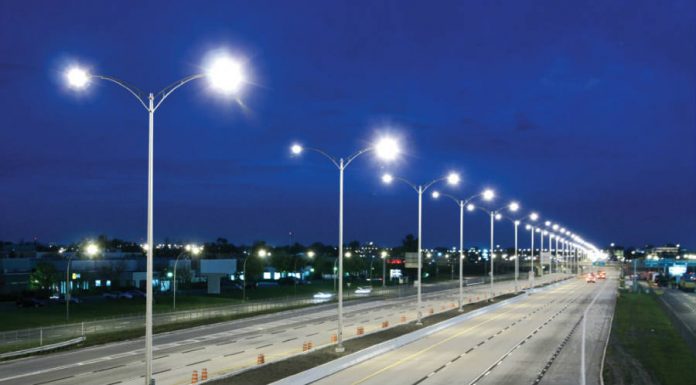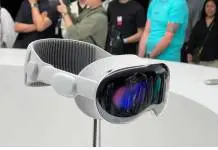
About 10% of America’s street lights have been converted from sodium lights to LEDs in the past few years. LED lights can save up to 50% more energy than sodium lights and last up to 10 more times. Switching to LED also aims to reduce coal consumption dramatically.
Changing the 71,000 streets lights in the District of Columbia to LED will reduce by almost 14,000 tons the amount of fuel used, explained Seth Miller Gabriel, Director of Washington DC’s office of Public Private Partnerships.
The Department of Energy estimates that if the whole country uses LED instead of sodium lights over the next two decades, it could save up to $120 billion over that period.

The whole world is changing to the LED illumination.
There is no going back to sodium lights, explained Miller Gabriel. Important cities in Asia and Europe are already making preparations to switch to LED to save money in illumination. The Central Planning Agency of China is discussing its conversion program.
“When the leaves left the trees and I tried to sleep, I turned to one side and the light’s shining right in my eyes,” explained 63 years old Karen Snyder.
Some citizens claim to be affected by the new street lights.
Snyder also explained how her TV room is bathed with an intense light. Snyder’s friend, Delores Bushong, said that the new street light is disrupting her sleep routine. Bushong described that she has to sleep with a light pointing at her face the whole night.
A recent report from the American Medical Association (AMA) warned that the first generation of high intensity LED lights may disrupt the circadian sleep rhythm which leads to obesity, reduced sleep duration, reduced quality of sleep, etc. These first generations bulbs are currently used in New York City and different cities around the world. The AMA advised using low intensity LED with proper shading.
Miller Gabriel is currently supervising the next phase of Washington’s LED transition. He says the changes will be friendlier this time. The process will include better sharing and remote controls to dim or increase the intensity of lights according to the necessity.
“Let’s be honest, humans are not engineered for change. So when we come home and see a different light. Even if it’s a much better light, there’s going to be a reaction – ‘Oh my goodness, it’s a different light, what happened?’,” He added.
Source: BBC










